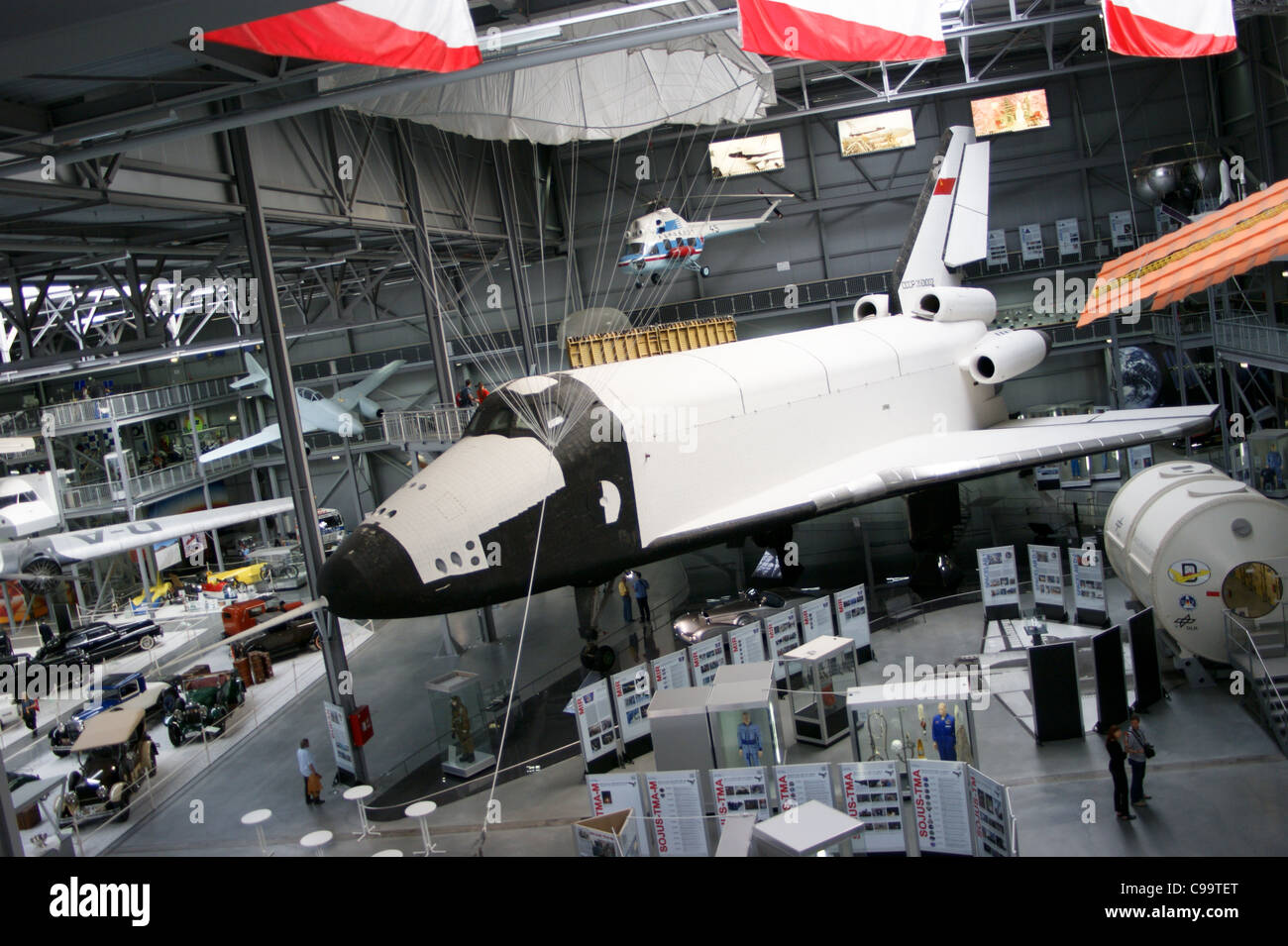

The US segment includes seven habitable modules, whose support services are distributed 76.6% for NASA, 12.8% for JAXA, 8.3% for ESA and 2.3% for CSA.

The Russian segment includes six habitable modules. The station is divided into two sections: the Russian Orbital Segment (ROS) is operated by Russia, while the United States Orbital Segment (USOS) is run by the United States as well as other countries. The ISS circles the Earth in roughly 93 minutes, completing 15.5 orbits per day. It maintains an orbit with an average altitude of 400 kilometres (250 mi) by means of reboost manoeuvres using the engines of the Zvezda Service Module or visiting spacecraft. It is the largest artificial object in the Solar System and the largest satellite in low Earth orbit, regularly visible to the naked eye from Earth's surface. The ISS is the ninth space station to be inhabited by crews, following the Soviet and later Russian Salyut, Almaz, and Mir stations and the American Skylab. The ISS programme evolved from the Space Station Freedom, a 1984 American proposal conceived by Ronald Reagan to construct a permanently crewed Earth-orbiting station, and the contemporaneous Soviet/Russian Mir-2 proposal from 1976 with similar aims. The ISS is suited for testing the spacecraft systems and equipment required for possible future long-duration missions to the Moon and Mars. The station serves as a microgravity and space environment research laboratory in which scientific research is conducted in astrobiology, astronomy, meteorology, physics, and other fields.

The ownership and use of the space station is established by intergovernmental treaties and agreements. The project involves five space agencies: the United States' NASA, Russia's Roscosmos, Japan's JAXA, Europe's ESA, and Canada's CSA. The International Space Station ( ISS) is the largest modular space station in low Earth orbit.


 0 kommentar(er)
0 kommentar(er)
